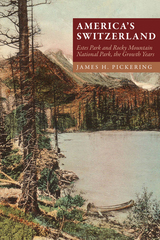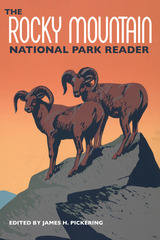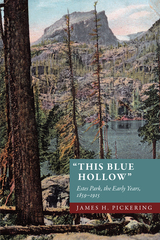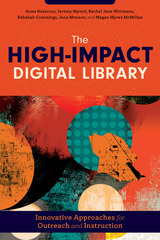

Representative both in subject and approach, the selections reach back to Arapaho and pioneer times before the park was established and move forward to span its entire first century. The voices that speak to us are distinctive: among them are Irish sportsman Windham Thomas Wyndham-Quin, the Fourth Earl of Dunraven; British travel writer Isabella Bird; mountaineer Frederick Chapin; naturalist Enos Mills; iconic ranger Jack Moomaw and his fictional counterpart, Dorr Yeager’s Bob Flame; and contemporary nature writers Anne Zwinger and SueEllen Campbell—to mention but a few. Some tell us about the past, recalling moments of personal triumph and tragedy. Other voices are quieter; some are more polemic. All capture and share a part of the national treasure that is Rocky Mountain National Park.
The first of its kind, this original collection is a rich literary and historical compendium of the best that has been written about Rocky Mountain National Park. As such it provides an indispensable introduction to the nation’s twelfth national park.
Part of the National Park Reader series, edited by Lance Newman and David Stanley

Based on Pickering's extensive use of primary sources, This Blue Hollow details the lives of such characters as Joel Estes and Griffith J. Evans, the valley's first residents; the "notorious" James Nugent ("Rocky Mountain Jim") and his short but tempestuous relationship with the celebrated English traveler Isabella Lucy Bird; and the Earl of Dunraven, a wealthy Irishman who was successful in his (illegal) attempt to secure control of as much of the park as possible for his own uses. The book also explores such significant events as the coming of the first pioneer families and permanent settlers, as well as their development of Estes Park as a place to farm, ranch, and entertain tourists; the conquest of Longs Peak and the first explorations of other high and remote places; and the people and circumstances that led to the establishment of the town of Estes Park in 1905 and Rocky Mountain National Park a decade later.
READERS
Browse our collection.
PUBLISHERS
See BiblioVault's publisher services.
STUDENT SERVICES
Files for college accessibility offices.
UChicago Accessibility Resources
home | accessibility | search | about | contact us
BiblioVault ® 2001 - 2025
The University of Chicago Press









